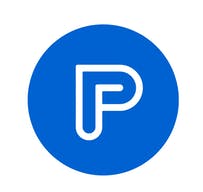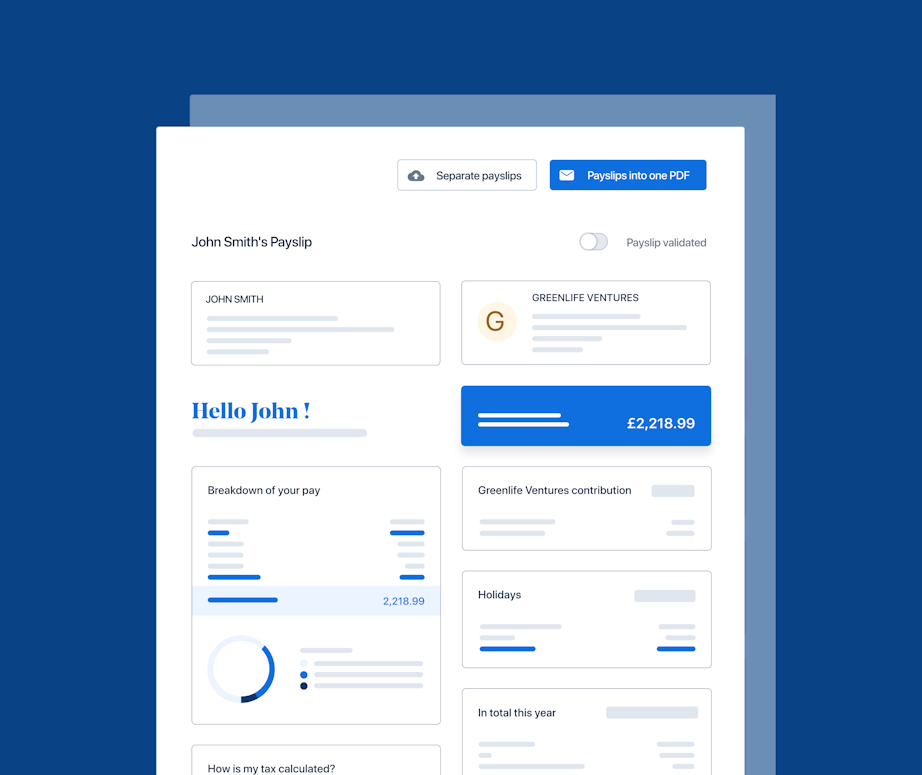- Blog
- |People management
- >Employee wellbeing
- >workforce planning & experiences
How Payroll and HR Can Work in Lockstep to Build Exceptional Workplace Experiences

When payroll and HR teams work together, the results can be transformative — after all, collaborative workforces power modern companies. And HR and payroll teams are two teams that can benefit most from working together. They need to banish their silos and start working towards achieving exceptional employee experiences while driving business growth.
Unemployment rates are low (July 2022 was the lowest since 1974), which means demands for top-tier talent are sky high. Many industries face this challenge alongside battling increased labour costs and uncertain business landscapes — it’s pretty tough out there. And it only gets tougher, with employers having to align their strategies with the demands of an ever-changing modern workforce.
Collaboration can be key in these circumstances. From compensation and benefits to talent management and workforce planning, the entire HR lifecycle will benefit from this cross-departmental collaboration. Additionally, integrated systems will help to better enable this.
In this blog, we’re recapping our webinar exploring this topic with help of three industry experts.
They are:
Nick Miller, General Manager, UK @ PayFit
Alyx Gilham, UK People & Culture Manager @ Hibob
Ben Myhill, Head of Sales @ Silver Cloud
You can listen to the full webinar here.
Why are these teams traditionally siloed?
Payroll has historically been an accounting and finance function only. A function that pays employees. But over time, as businesses focus more on the employee experience as a whole, it’s clear there’s more to payroll than just paying employees, says Nick.
The siloed mentality of these teams isn’t helped by the systems currently being used, in fact, the silo culture is being reinforced, perhaps even accidentally, by these systems. HR teams are doing their bit and transferring data to payroll, but this process is clunky and inefficient.
Alex highlights that HR is no longer focused on fluffy finance numbers — there are many parallels to how these teams work. Both want to (and need to) focus on data and accuracy to generate a worthy and competitive employee experience.
Why breaking down these silos is a must
Everyone needs to be on the same page when it comes to business goals, and you can’t be on the same page if you’re not working collaboratively where it matters most — it’s as simple as that.
Breaking these silos down ultimately means you can support your employees more effectively, says Ben. For example, the reporting payroll can bring to HR insights is valuable — this reporting helps the organisation better understand how they can support their employees — whether it’s financial or in other ways, i.e. flexible working.
But to do any of this, you need the whole picture, which means sharing data across these two teams.
How to improve the collaboration between payroll and HR
To ensure the outcome is the right one for the employee, payroll and HR need to be together at the table when strategic decisions are made. These decisions need to be analysed from a financial perspective, and a staff wellbeing perspective, says Nick.
Be curious
By working together, payroll and HR teams can learn a lot from each other. And the best way to accomplish this is by being curious, says Alex. Ask questions and understand how the other team works and what data they could find useful is how you change the play of communication for the better.
Alex raises another important point — employees don’t care who does what task, all that matters is that everything is seamless on their end. And working effectively together and increasing curiosity can ensure this happens.
Allow your teams to be more strategic
Many payroll professionals want to be more collaborative, but manual calculations and dodgy integrations are wasting their time, says Ben. Payroll and HR professionals need to be freed up to think more strategically, which won’t happen with legacy systems or systems that don’t talk to each other.
Ben continues, when a new payroll system is introduced, suddenly there’s RPA and live calculations happening. The two weeks at the end of each month are no longer filled with processing and checking, processing and checking.
The tech available today can automate processes but also standardise them, too. Each team starts using the same language in the same ways — Nick believes that every innovative business should be looking at what tech stack would benefit them most, which brings us nicely to our next point.
Pick the right tech stack
Getting the right tech in place makes life easier for, well, everyone. From every employee company-wide to the employees processing and handling your payroll and HR. There are so many tools you could be using — tools for compensation, payroll, time tracking — the list is endless, says Alex.
But, if your tech isn’t effectively sharing information, it’s not doing you any favours. It doesn’t matter how good the tech is standing alone — integration is key, highlights Ben. Without access to accurate data, you can’t make informed decisions, everybody should be hunting the bigger picture, and that’s what perfectly integrated tech can give you.
So, how does this team collaboration impact overall company success?
Bringing payroll closer to HR means the basic hierarchy of employee needs is met, i.e. getting paid on time and accurately. These are the foundations for building trust with employees, says Nick. And once they’re built, you can focus on other elements that fulfil employees — like training, career development, culture etc.
Without these basic foundations, you’re not going to be able to achieve what you want to in a HR capacity — that’s why building trust with employees is so critical and directly linked to your company’s success.
On the other side, you need to access data to make important and informed decisions about the direction of your organisation. And you don’t get access to this data if these teams don’t work collaboratively. Ben gives an example:
If there’s a problem with absence, you need trend analysis from HR and the cost from payroll. Let’s say you notice the cost of overtime has increased, so there’s a cost implication to this trend, but you have to ask yourself, is there an efficiency or procedural problem where people are working too much? Should flexible working be considered? etc.
To see the bigger picture, you need access to connected data — it’s this data that can raise red flags in employee wellbeing, allowing you to adequately address them to help improve your business processes.
Improving the employee experience should be the focus
When looking at employee experience, it’s important to look at it holistically to build that initial trust. And we’re not just talking about a benefits and compensation strategy (although that’s important) — we’re talking about improving the employee experience for those actually working in finance and payroll teams, too.
For these people, their experience hasn’t been great — employees take it for granted they’ll be paid on time — it’s a mission-critical element but a thankless task. The stress these teams are under when payroll rolls around each month is unnecessary — and you don’t want people running the process to have this stress, says Nick.
HR directors are aware that happier, well-developed employees work harder to drive those bottom-line profits, says Ben. When employees decide to leave the company, that’s when they’re hit — recruitment is costly, and with a talent shortage, it can be an uphill battle.
Companies need to ask themselves how do we keep our people happy, but also how do we keep our people?
You can listen to the full webinar here.








